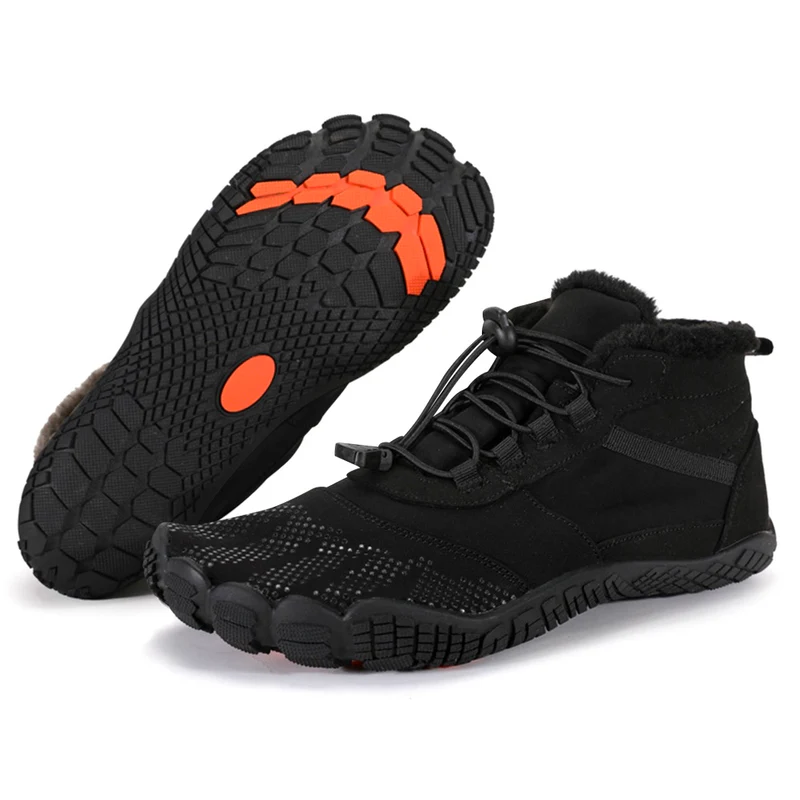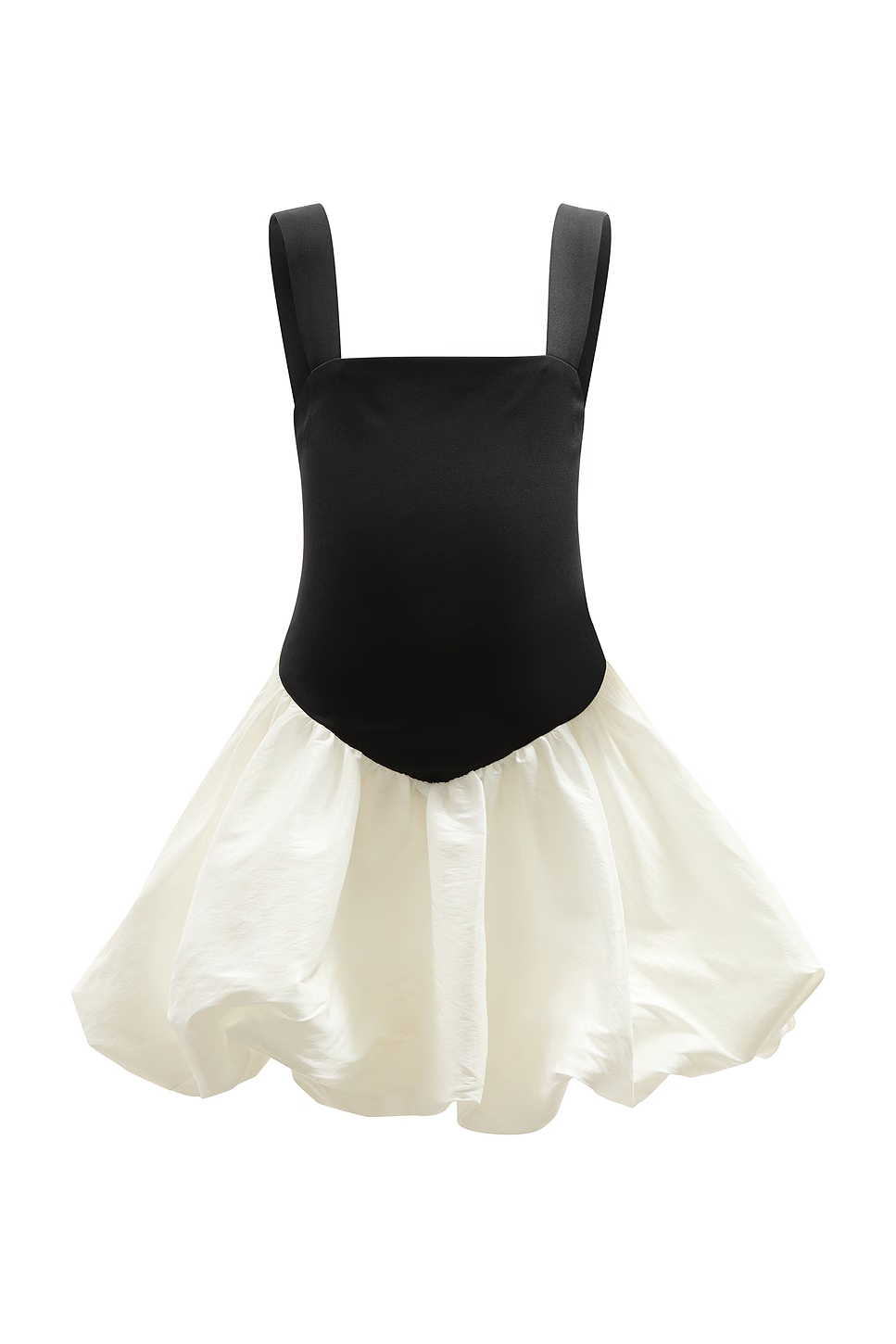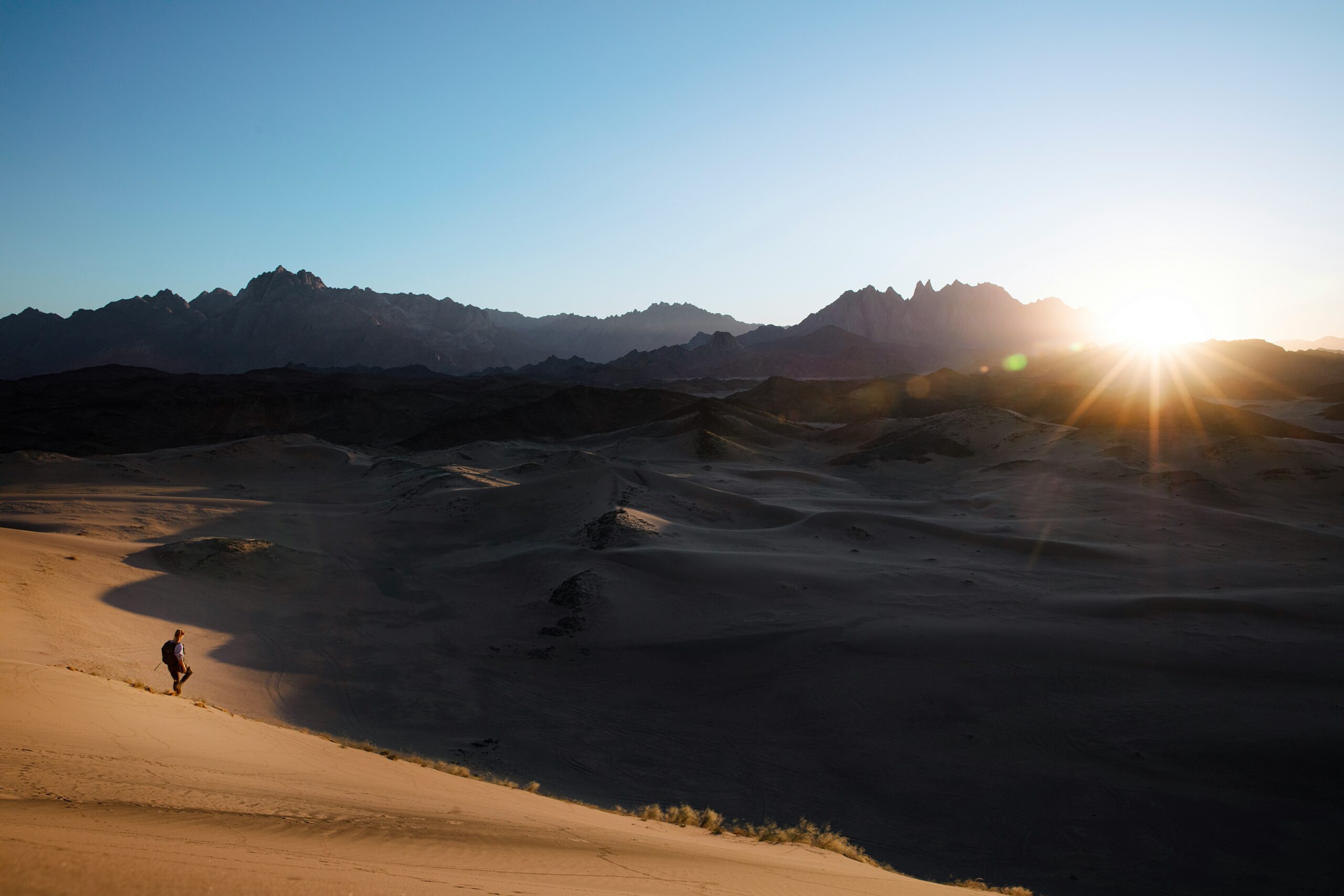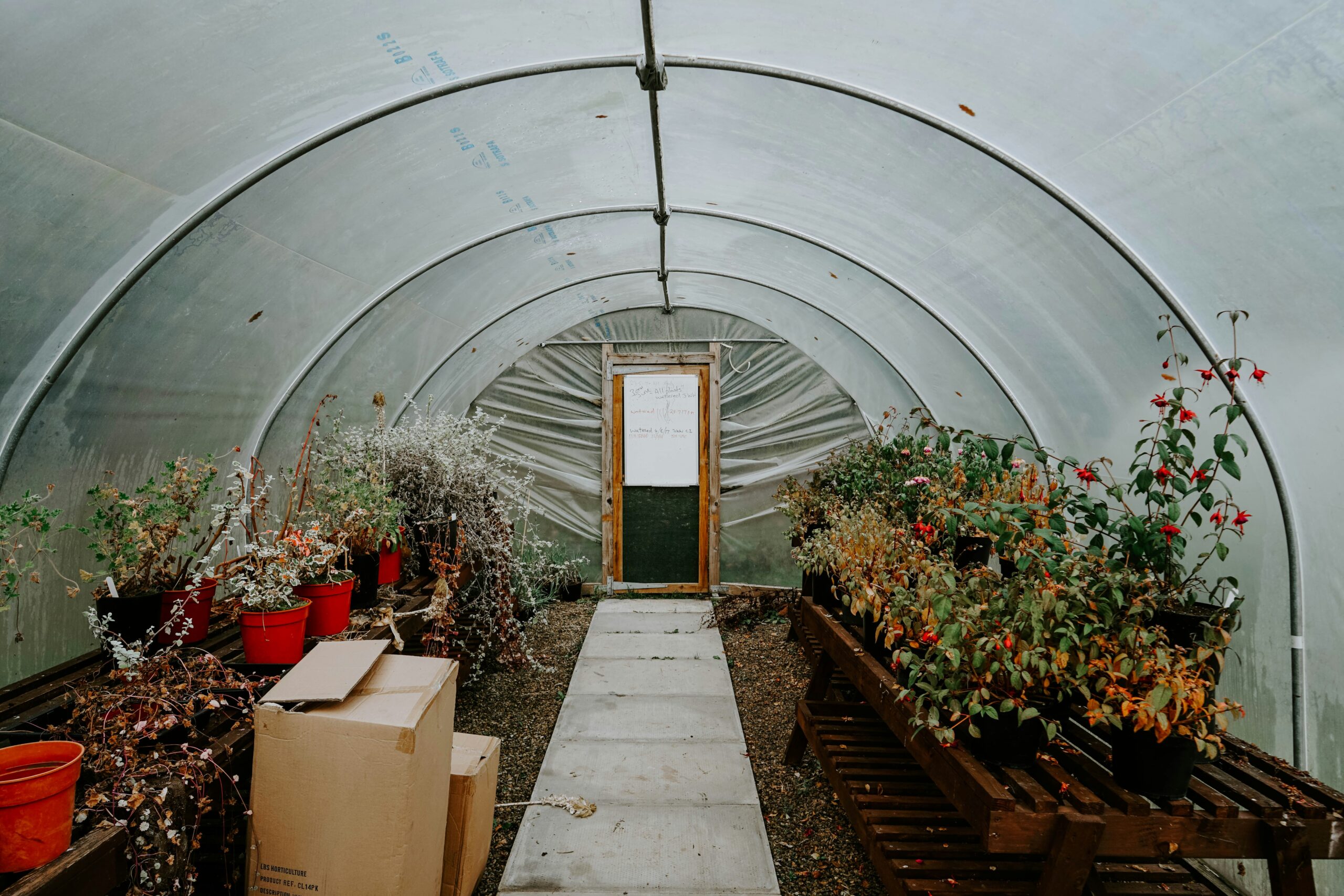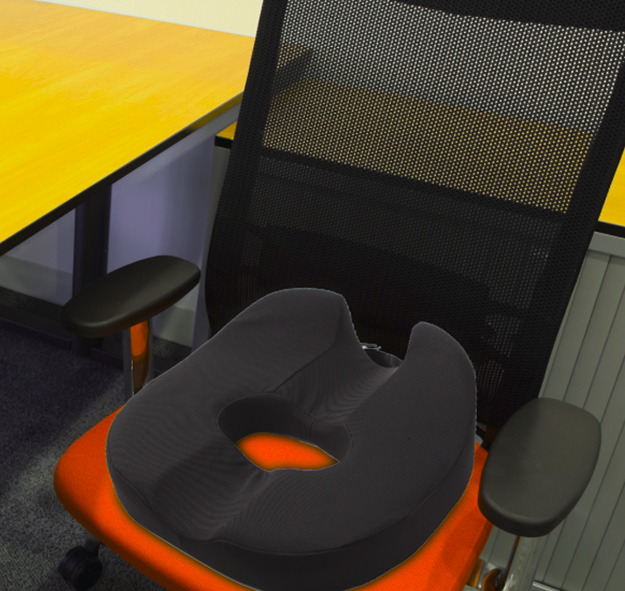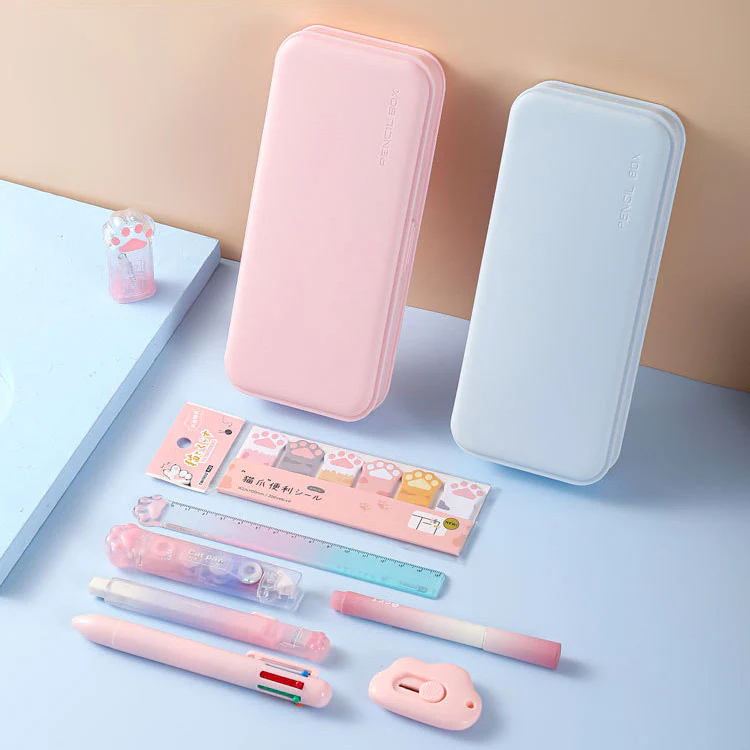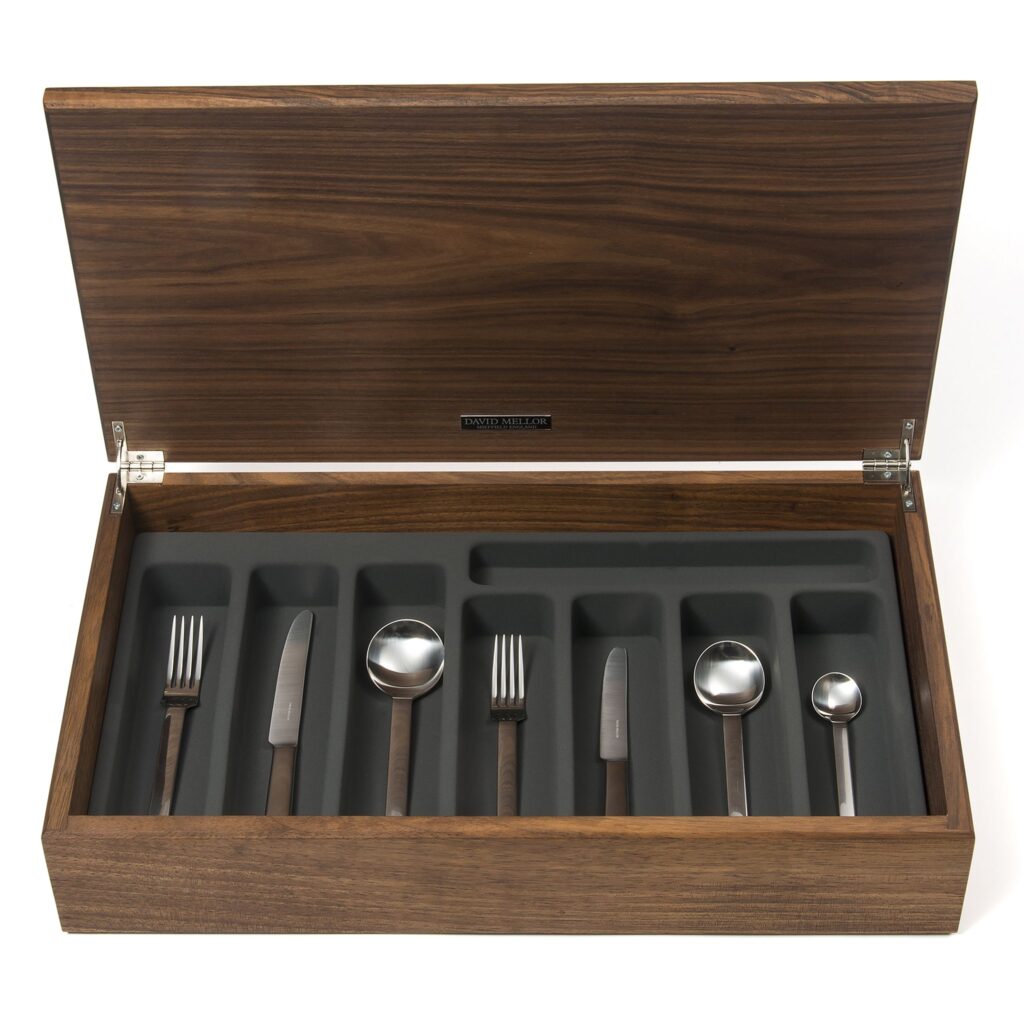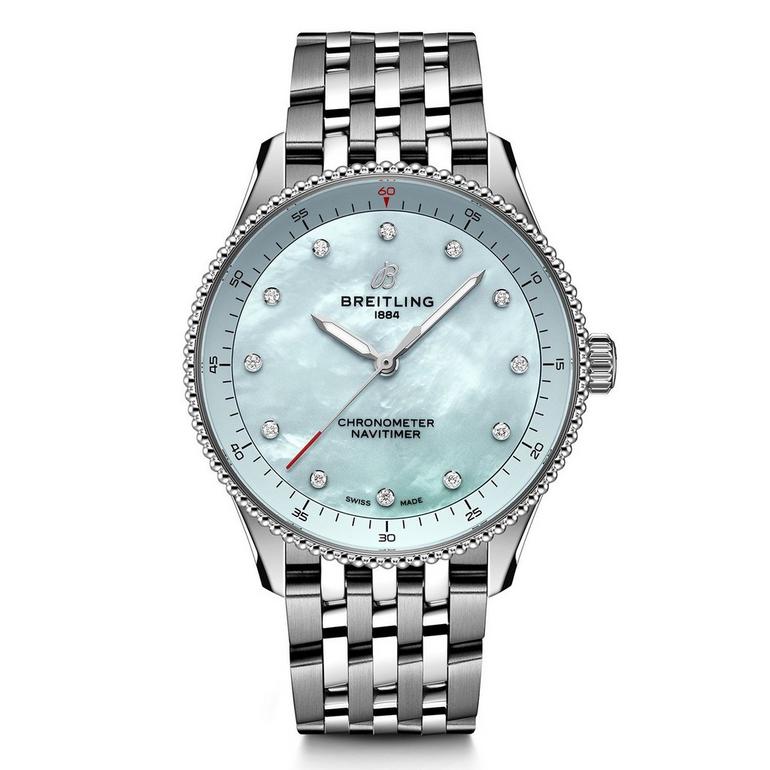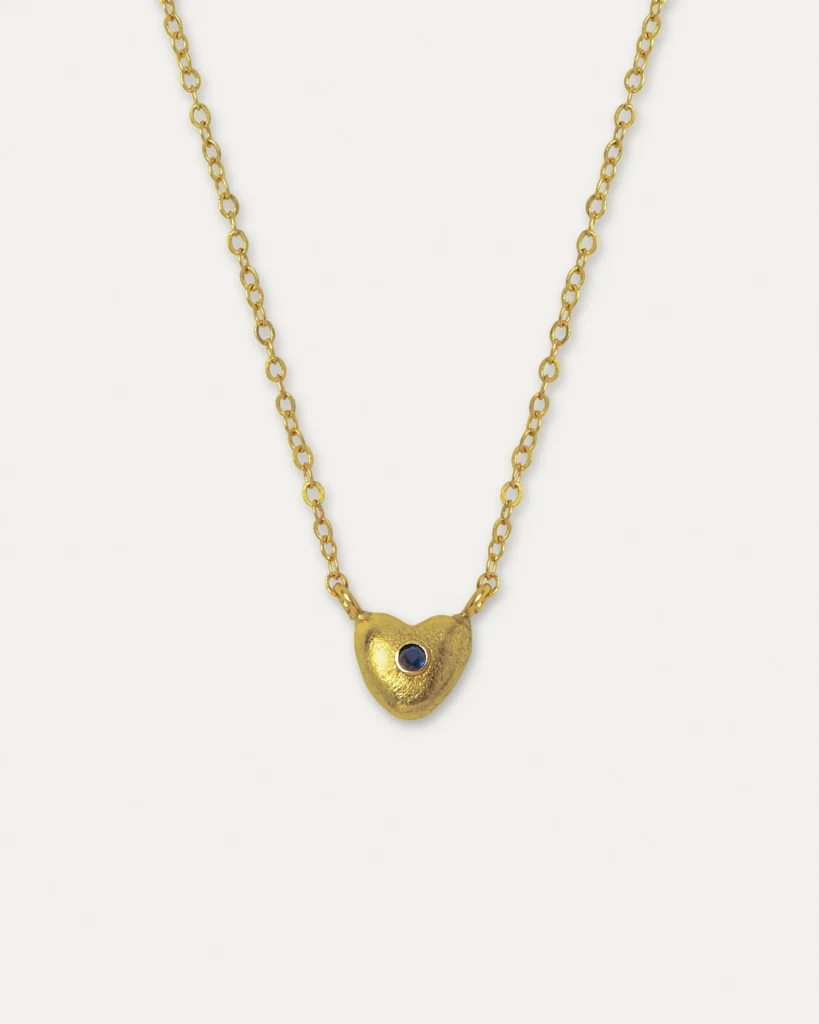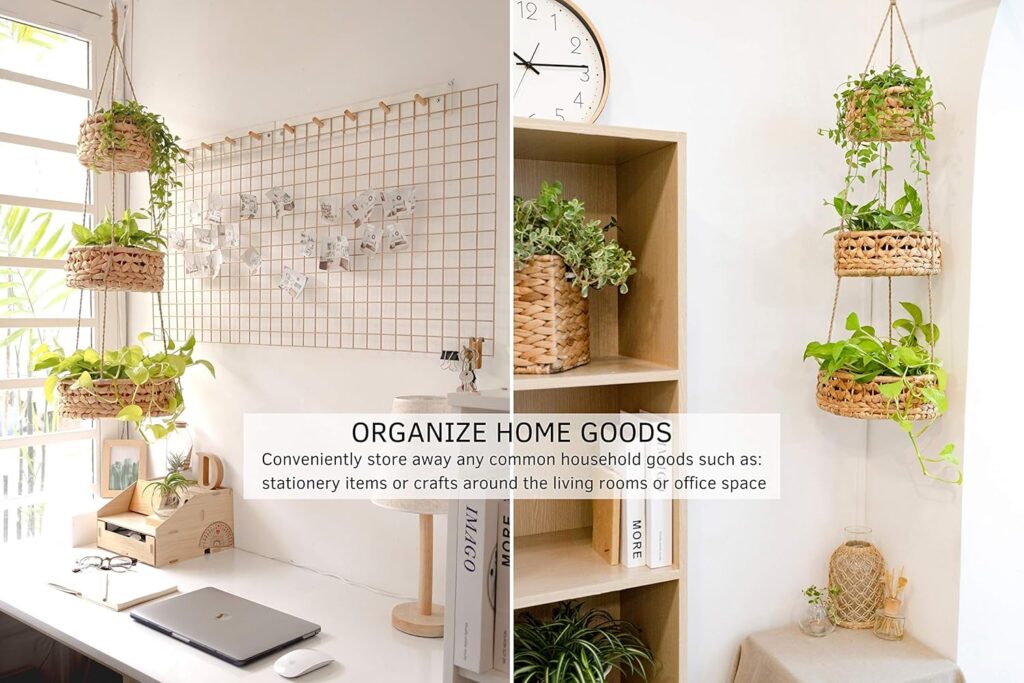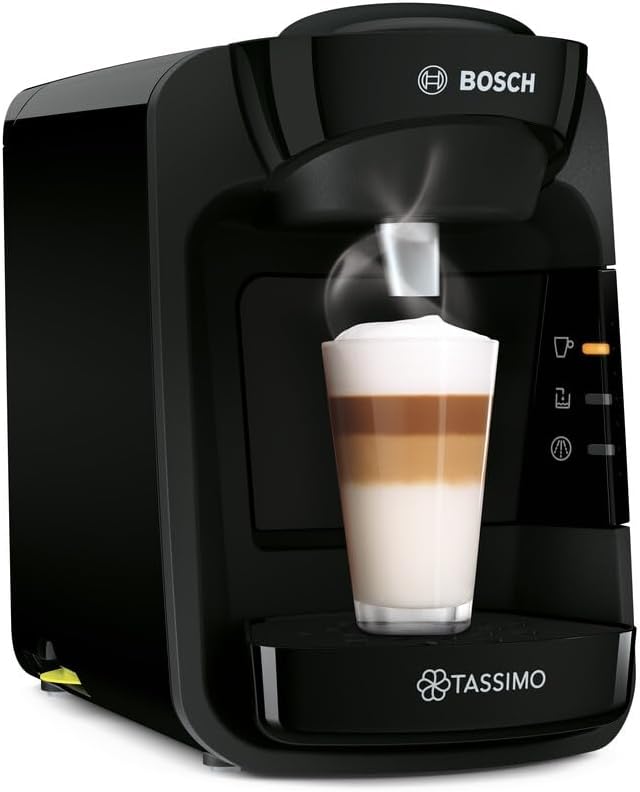Minimal shoes win on ground feel and posture, but most fall short the minute temps dip or sidewalks get slick. Tundra Pro® | High-Top Barefoot Shoes aims squarely at that gap: a flexible, zero-drop platform with a roomy toe box—wrapped in a high-top silhouette for warmth, ankle coverage, and everyday style. Think of it as your “shoulder-season to light-winter” solution: city commutes, school runs, travel, light hikes, dog walks. In this guide you’ll learn how to size and fit Tundra Pro® | High-Top Barefoot Shoes, how to transition if you’re new to barefoot footwear, what socks and insoles make sense, and how to style, clean, and store them so they last.
Shop Tundra Pro® | High-Top Barefoot Shoes
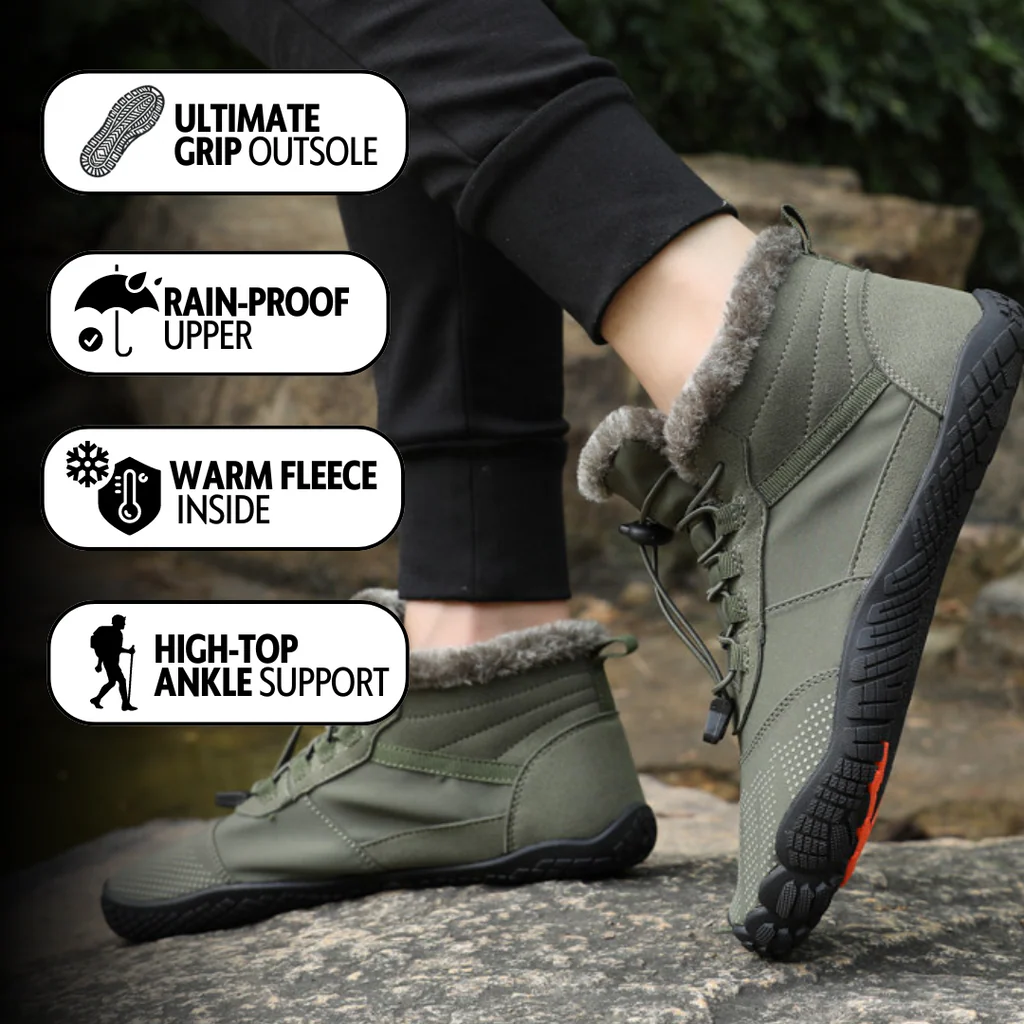
What Makes Tundra Pro® Different (and Why It Matters)
A barefoot shoe should do three things well: keep you level (zero drop), let toes splay, and bend with your foot rather than against it. Tundra Pro® | High-Top Barefoot Shoes checks those boxes while adding cold-friendly benefits:
- Zero-drop platform: Encourages neutral posture and natural gait.
- Wide anatomical toe box: Lets forefoot spread for balance and power on push-off.
- Flexible sole with grippy tread: Ground communication without the “paper-thin” chill; traction tuned for wet sidewalks and light trails.
- High-top collar: Extra coverage for warmth and a secure feel around the ankle—no stiff bracing, just a cozy wrap.
- Everyday styling: Reads like a modern high-top, so you can wear them with denim, joggers, or tech trousers without screaming “gym shoe.”
Sizing & Fit: Getting the Room You Need (Without Slop)
Barefoot fit feels different—on purpose. You’re aiming for wiggle room up front and a snug heel. Use these checks:
- Length: About a thumb’s width (≈ ½”) past your longest toe when standing. If you’re between sizes, most barefoot users prefer the larger for toe splay + winter socks.
- Width: Toes should spread without pressing into the sidewall. If your pinky toe hits, size up or choose a sock with more glide (merino works wonders).
- Heel & Midfoot: Secure but not tight. Lace the midfoot firmly, then relax at the forefoot eyelets to preserve splay.
- Insoles: If included, try both with and without. A thin removable insole adds a touch of insulation and volume fill for thinner socks.
Break-in is minimal because the upper and sole flex. Wear them indoors for an hour, then take a short walk. After 2–3 sessions, the collar and vamp feel custom.
Transition Plan (If You’re New to Barefoot Shoes)
Switching from cushioned, heeled sneakers to zero-drop shouldn’t be a cold plunge. Use a 2–3 week ramp:
- Week 1: 30–60 minutes/day on flat routes. Light mobility: calf raises, toe spacers 10–15 minutes, towel scrunches.
- Week 2: 1–2 hours/day. Add mixed surfaces (grass, track) and gentle hills.
- Week 3: 2–4 hours/day. Begin normal errands; pause if calves/Achilles feel cranky and reduce duration next day.
Listen to your feet and calves. Soreness = adaptation; sharp pain = back off. Natural gait returns quickly when the shoe lets it.
Shop Tundra Pro® | High-Top Barefoot Shoes
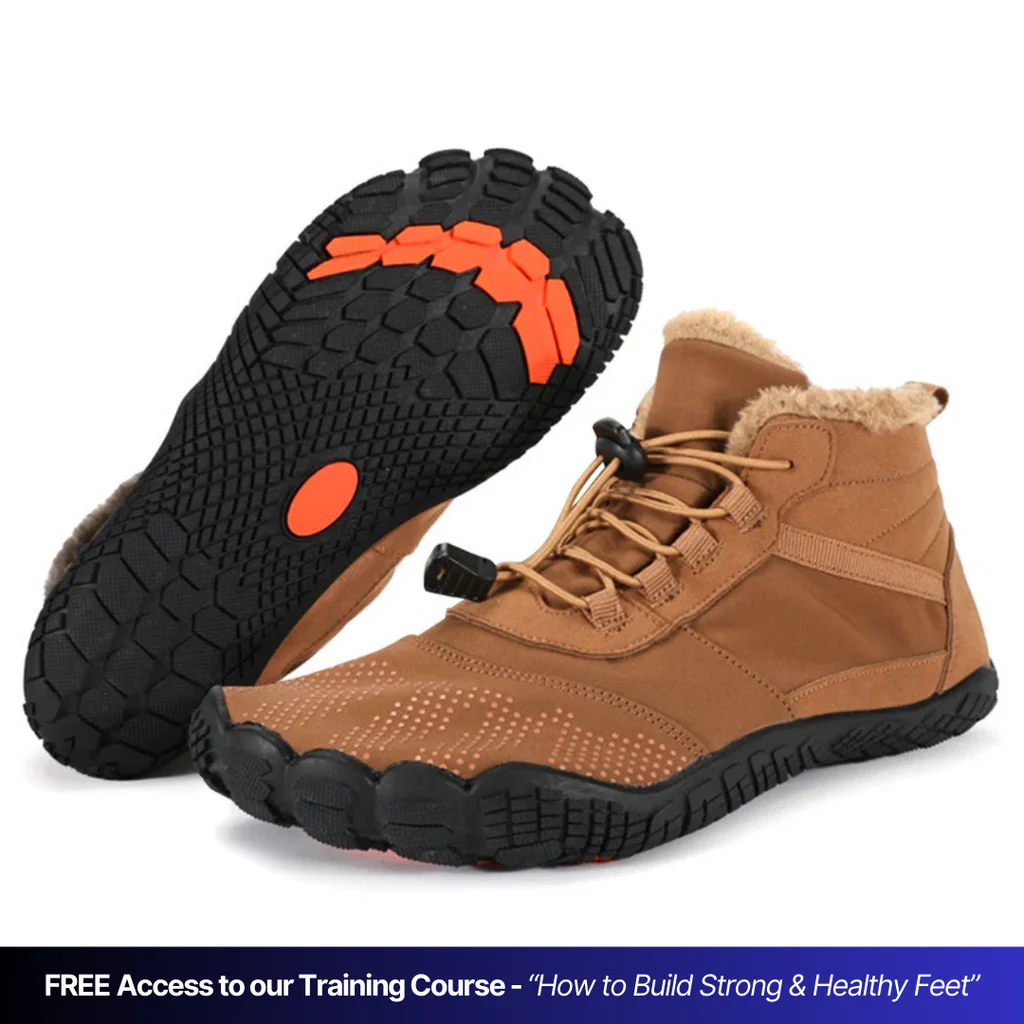
Socks, Warmth & Weather: Dial the Micro-Climate
Your sock game is your climate control:
- Merino crew (everyday): Wicks moisture, stays warm when damp, reduces friction.
- Thermal or mountaineering weight (colder days): Adds loft without bulk; ensure toe splay remains free.
- Thin liner + medium merino (very cold): Liner moves against the outer sock instead of your skin, minimizing hotspots.
- Water resistance: If your pair isn’t fully waterproof, use a spray-on DWR made for footwear textiles and reapply monthly in wet seasons.
Tip: Cold feet often stem from compression, not just temperature. Keep the forefoot loose enough to preserve blood flow.
Gait & Lacing: Move the Way You’re Built
- Shorter steps, higher cadence. Let the forefoot land softly under your center of mass; roll and push off.
- Midfoot strike on flats, forefoot on climbs. The flexible sole rewards subtlety—no stomping needed.
- Lacing map: Snug at ankle for security, moderate at midfoot for guidance, relaxed over toes for freedom. Try the “runner’s loop” at the top eyelets if you get heel slip.
Outfit Formulas (City to Trailhead)
1) City Casual
- Straight or barrel jeans + thick crew socks peeking ½”
- Boxy sweatshirt or knit + oversized chore jacket
- Tundra Pro® | High-Top Barefoot Shoes + crossbody or tote
2) Smart Casual Commute
- Tech chinos or tapered joggers
- Merino crew + lightweight parka or trench
- Tundra Pro® + minimal leather backpack
3) Weekend Trail-Adjacent
- Softshell pants or joggers, base layer tee + fleece
- Beanie + packable shell
- Tundra Pro® for park paths, dog runs, playground circuits
4) Travel Capsule
- Black tee, tailored sweats, long cardigan/coatigan
- Tundra Pro® + compressible down scarf
- Airport to Airbnb with one pair that handles it all
5) Studio to Street
- Leggings, ribbed tank, bomber/coach jacket
- Tundra Pro® + canvas tote for mat/water bottle
Shop Tundra Pro® | High-Top Barefoot Shoes
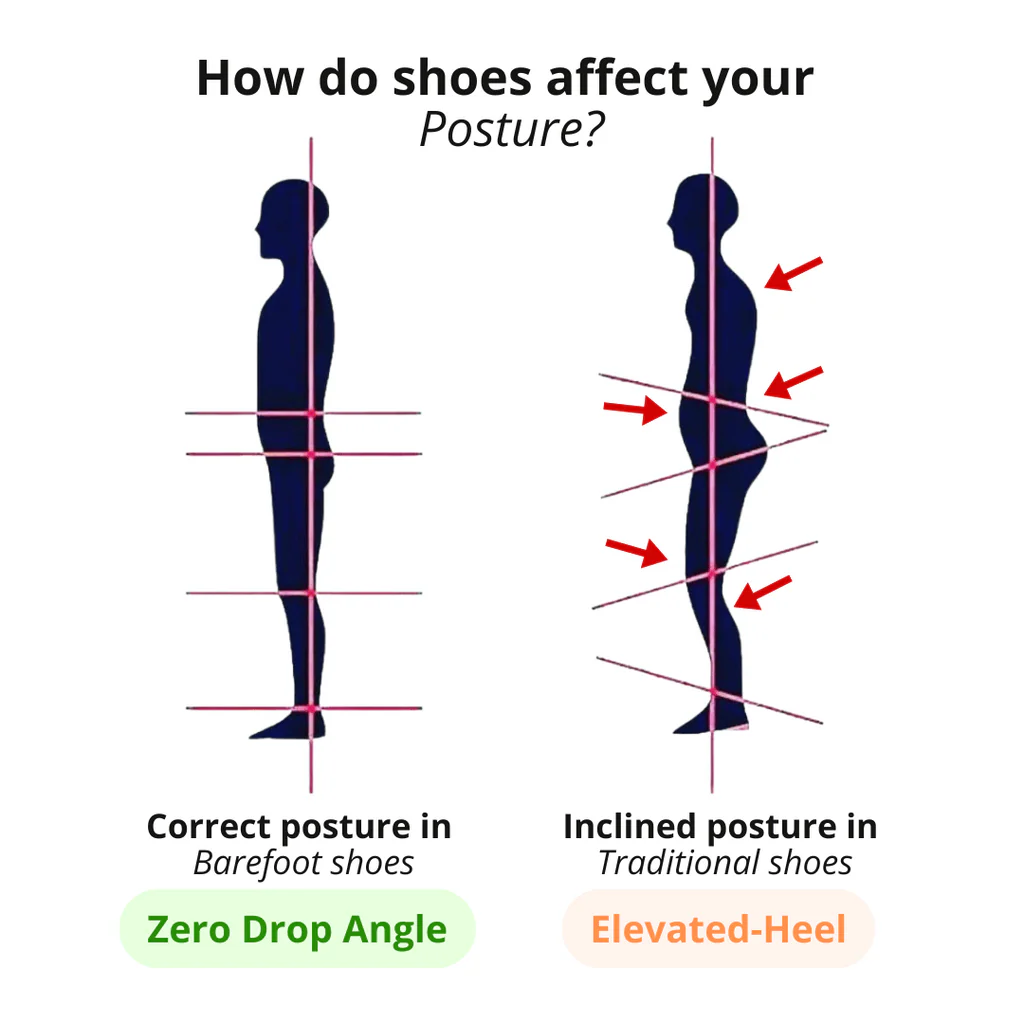
Traction & Surfaces: What They’re Built For
Expect confident grip on wet pavement, leaf litter, hardpack dirt, and gym floors. On ice or deep snow, any minimalist rubber needs help—add removable micro-cleats or switch to a dedicated winter boot. For mud, rinse sooner rather than later; silt dries like glue and dulls flexibility until washed out.
Care & Cleaning: Keep Flex and Looks
- After wet or dusty outings: Rinse soles and lower uppers with lukewarm water; brush tread with a soft brush.
- Spot clean: Mild soap dilution + microfiber cloth; avoid harsh detergents or high heat.
- Drying: Air-dry stuffed with paper away from radiators/sun to protect adhesives and finishes.
- Deodorize: Sprinkle baking soda overnight or use cedar inserts; rotate pairs if training daily.
- Seasonal protection: Refresh DWR spray if the upper is textile/suede; condition leather panels sparingly with a neutral cream.
Store upright; don’t stack heavy items on top—the flexible forefoot deserves space.
Strength & Mobility (5-Minute Routine)
- Toe splay x 20: Spread and relax.
- Calf raises x 15: Slow up, 2-second pause, slow down.
- Ankle ABCs x 1 each: Trace letters with toes to mobilize joints.
- Short-foot drill x 10 breaths: Pull ball of foot toward heel without curling toes.
- Hip airplanes x 6/side: Balance + glute control for stable foot mechanics.
Do this 3x/week and watch posture and comfort skyrocket in barefoot shoes.
One Hybrid Block (Checklist + Guidance): The 60-Second Fit Tune
- Put on socks you’ll actually wear outdoors.
- Lace in zones: snug (ankle), moderate (midfoot), relaxed (toe box).
- Stand & rock forward: confirm ½” toe space and zero pressure on the big-toe sidewall.
- Squat test: heels stay down, forefoot spreads—no bite at the vamp.
- Walk 20 steps: if your toes “ask for more room,” loosen the lowest pair of eyelets one notch.
Shop Tundra Pro® | High-Top Barefoot Shoes
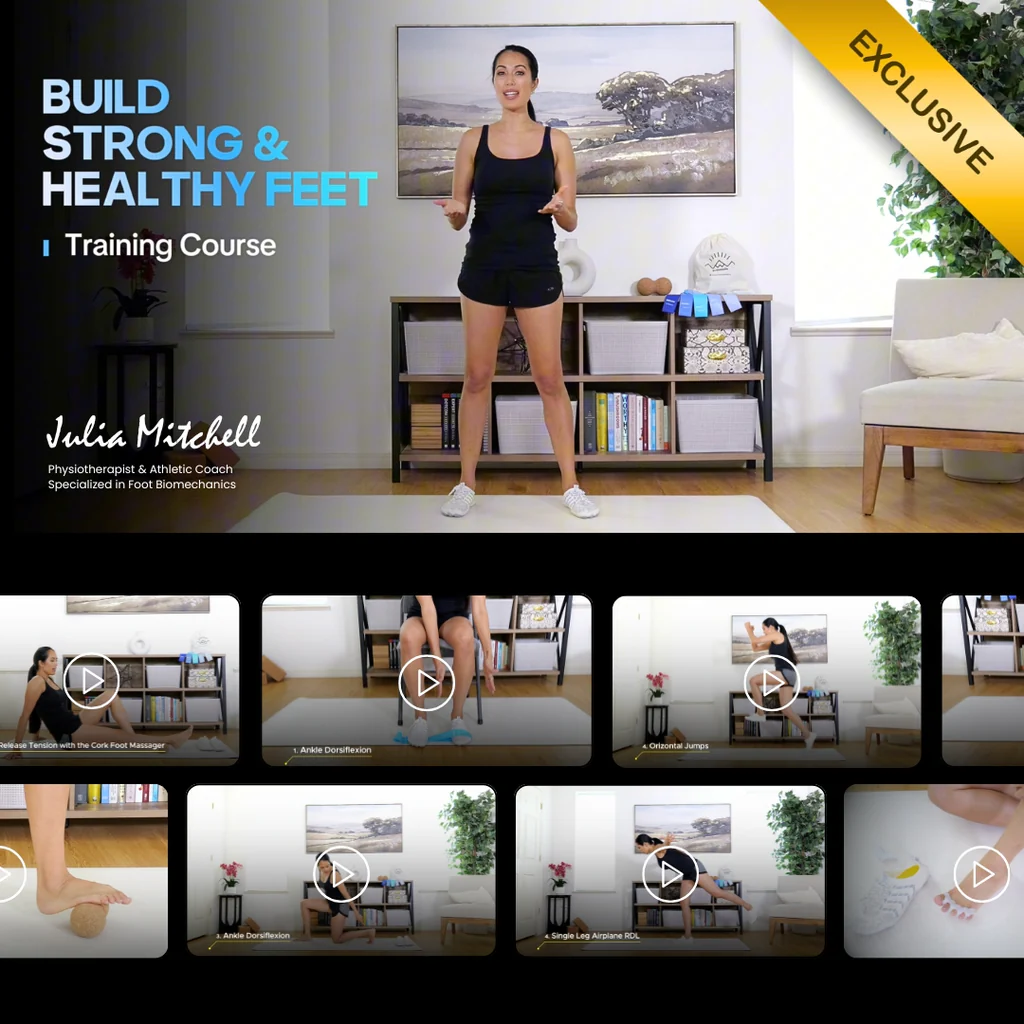
Sustainability Mindset: Durable by Design, Longer by Care
Minimal soles and natural gait reduce the violent shear that shreds foam stacks. Combine that with regular rinses, mindful drying, and occasional DWR refresh, and your Tundra Pro® will go season after season. When tread finally fades, consider cobbler-applied grip patches to extend life for urban use.
Troubleshooting: Quick Fixes
- Cold toes despite warm socks? Loosen forefoot lacing to restore blood flow; add a thin liner under merino.
- Heel rub at the collar? Use the runner’s loop or add a slim heel pad; confirm socks rise above the collar edge.
- Arch fatigue on day one? Shorten wear time for a week; add a thin, flat insole (no arch ramp) for a gentler transition.
- Toe grazing the cap downhill? Re-lace with extra slack at the bottom eyelets and cinch at the top to hold you back in the heel.
- Slippery on packed snow? Traction add-ons (micro-cleats) or swap to a lugged winter boot—no barefoot shoe magically beats ice.
Conclusion
Footwear shouldn’t fight your body or the weather. Tundra Pro® | High-Top Barefoot Shoes gives you natural movement—zero drop, flexible sole, wide toe box—inside a high-top that actually works for cold, wet, and everyday city life. Size with splay in mind, transition gradually if you’re new to barefoot, and treat socks as your climate system. Keep care simple: rinse, air-dry, refresh water repellency as needed. Build outfits around easy, textural layers and let the shoe’s clean profile do the rest. The payoff is real: better balance, stronger feet, calmer knees—and a pair you’ll reach for from first frost to spring thaw.
Shop Tundra Pro® | High-Top Barefoot Shoes
FAQ
- Do Tundra Pro® | High-Top Barefoot Shoes run true to size?
Most users choose their typical size with a thumb’s width of toe room. If you’re between sizes or plan heavy socks, consider sizing up. - Can I wear them in rain and light snow?
Yes for drizzle, wet sidewalks, and light snow. Reapply DWR if the upper is textile and avoid prolonged slush or ice—add traction aids when necessary. - Are they good for wide feet or bunions?
The anatomical toe box allows splay and reduces side pressure; many wide-footed wearers find relief compared to narrow sneakers. - How long is the break-in?
Minimal. Expect comfort out of the box with a softer feel after 2–3 short outings as the collar and vamp mold. - What socks work best?
Merino crews for daily wear, thermal weights for cold days, and a thin liner under merino for very cold conditions. Avoid cotton in wet weather. - Can I add insoles without ruining the barefoot feel?
A thin, flat insole can add warmth and volume fill without changing geometry. Skip heavy arch-support insoles if your goal is natural gait. - Are they OK for the gym?
Great for strength work, mobility, and classes where ground feel helps. For high-impact plyometrics, ensure your calves/Achilles are adapted first. - How do I clean them?
Rinse soles, spot clean uppers with mild soap, air-dry away from heat, and refresh water repellency on textiles. Avoid washing machines and dryers. - What if my heels slip when I walk fast?
Use the top eyelets to create a runner’s loop and snug the collar; pair with higher-rise socks for better grip. - Will they help with knee or back pain?
They promote neutral posture and natural mechanics, which many find helpful. If you have existing conditions, transition gradually and consult a professional if needed.

